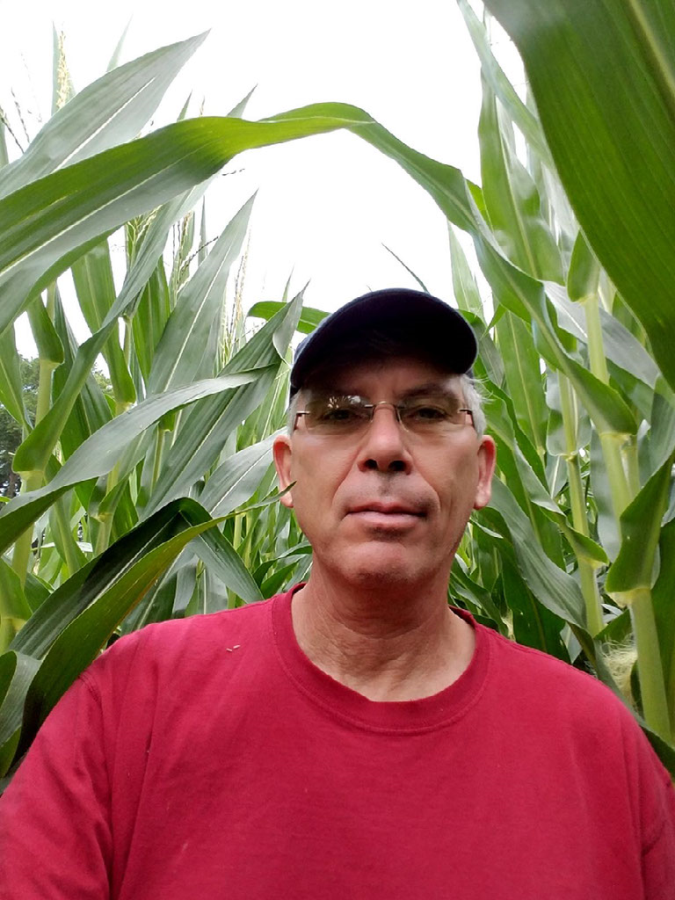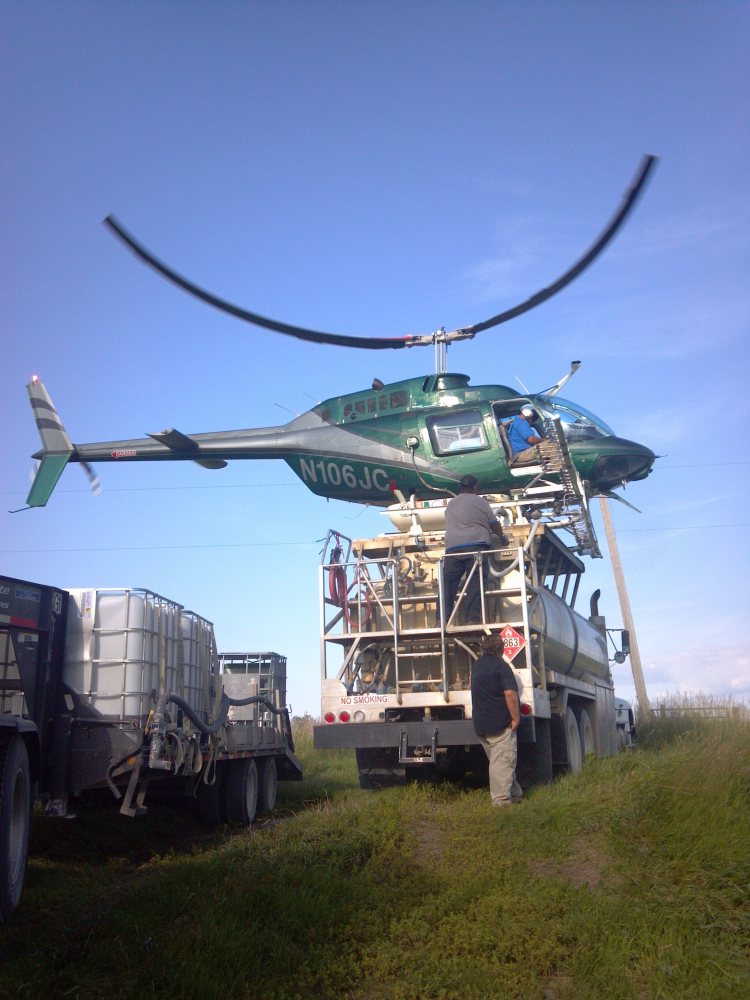Farm Life Journal - July 2017
July 18, 2017
By Mark Jackson
 July is the month of Independence and a time to celebrate and honor the many who gave so much. It’s a perfect time to celebrate with family, our favorite grilled foods and all the trimmings.
July is the month of Independence and a time to celebrate and honor the many who gave so much. It’s a perfect time to celebrate with family, our favorite grilled foods and all the trimmings.
This year is our country’s 241st birthday, only nine years to our Semiquincentennial celebration – imagine that!
In the meantime, here on the farm, Grumpy has weaned her kittens, the baby robins have left their nests while the goldfinches, wrens and orioles build theirs. Grandpa would’ve said, “Knee high by the Fourth of July and the corn is all laid by.” For me, corn is head high or taller, with tasseling close at hand, a time when the plant is near its maximum height. (FYI: the height of corn on July 4 is determined by the date of planting, maturity rating of that variety and growing degree units (GDUs) accumulated by Mother Nature, given adequate moisture and nutrition.)
Tasseling corn is a quintessential process Mother Nature has orchestrated for centuries. The tassel drops millions of pollen in its effort to pollenate silks emerging from its young ear shoots, all during a narrow 10-day window of time.
Did you know each strand of silk represents a kernel of corn, with up to a thousand kernels possible per ear of corn? Weather is critical for proper pollination, not too hot nor too dry or the ear size is severely affected.
As for the soybean plant, it begins flowering just below knee high and continues plant growth and flowering for 45 days or more. A soybean plant flowers from the bottom to the top! And even though two-thirds of the flowers may drop off because of various stress conditions, the remaining flowers develop into seed pods, just like peas in a pod from your garden. Finding a four-bean pod was once as difficult as finding a four-leaf clover. But with modern research and technology, supported by farmer- growers themselves, yields continue to increase on the very same acre my grandfather once planted.
My family’s crop production history, across three generations, show a three to four times increase in yields with a fraction of the input costs. As we produce food for a growing world, healthier soils and cleaner water are achieved through continuous improvement – all part of modern agriculture’s sustainability protocols.
“Bob the Butterfly”
 Seeing monarch butterflies brings back one of my fondest childhood memories while growing up around the farm. Regular sightings today remind me of their annual migration from the mountains of southern Mexico where they head north into the upper Midwest. Iowa is part of the Monarch’s elaborate life cycle that encompasses four generations during their annual migration.
Seeing monarch butterflies brings back one of my fondest childhood memories while growing up around the farm. Regular sightings today remind me of their annual migration from the mountains of southern Mexico where they head north into the upper Midwest. Iowa is part of the Monarch’s elaborate life cycle that encompasses four generations during their annual migration.
One of several critical links to their migration cycle is an adequate food source of milkweed. During this migration, the adult female lays her eggs and when the eggs hatch the resulting larvae will only feed on milkweed leaves.
One of my expanded conservation efforts in recent years is to promote enhanced milkweed growth around my farm. Once considered a pesky weed in decades’ past, milkweed was readily mowed, cultivated or sprayed, but is now given proper consideration. In fact, there are several species of milkweed, and if given a chance, it is a uniquely ornamental plant that has even found several locations in my flower garden. Check with your Earl May store for assistance on growing milkweed and make it a family project. My grandchildren have begun their own monarch watch. Abigail calls it looking for “Bob the Butterfly.” It has become an annual science lesson around the farm as we look for the caterpillars, chrysalis and emerging butterflies every fall during the monarch butterflies’ migration back home to the mountains of southern Mexico.
Often the more we want change, the more things stay the same and we can build from lessons learned.
July is also a month of reward as my flower beds are in full bloom with a rainbow of colors and the fruits of my labor are apparent in my garden with peas, green beans, onions, beets, lettuce, tomatoes and the list continues of fresh fruits and vegetables coming to my kitchen table.
Which reminds me of an age-old question: Is a tomato a fruit or vegetable? What if it’s a seedless variety, how about watermelons? The answers will bring a smile to your face but regardless it’s all about the journey and the fruits of your labor.
Just like your garden, crops in my farm fields continue to mature, though my harvest is still several months away. Field scouting continues to focus a watchful eye on invasive insect populations. And not unlike how we occasionally deal with athletes’ foot, it’s possible when conditions are right that fungus will attack my corn and soybean plants.
It can quickly draw the life from my crops, but through timely crop scouting, preventative or curative applications can be made quickly if needed. Airplanes, helicopters or high-wheeled sprayers are options to quickly address the need to treat targeted fields. Have you ever watched a helicopter land atop a water truck with a portable landing pad, refill and return to a field in only minutes? It’s quite the show – like watching a race car make a pit-stop as it receives fuel or new tires. Time is money and acres per day pay the bills, so efficiency is the name of the game and agriculture often leads that charge.
“Don’t forget to duck.”
 Summertime on the farm is all about making hay while the sun shines, this reminds me of stories told by my mother as she reminisced of her childhood days during the great depression of the 1930s.
Summertime on the farm is all about making hay while the sun shines, this reminds me of stories told by my mother as she reminisced of her childhood days during the great depression of the 1930s.
Stories told by my parents bring a large dose of reality from a simpler time that was often fraught with great need and deprivation and loss, when comparing to modern agriculture and our lifestyle of today.
“We grew our own or did without,” “We made do with what we had,” “Be happy with what you have, that’s all there is,” are all common statements sourced from that time, which left a lasting impression their entire lives. But despite the scarcity of mechanization and creature comforts, stories emerge of neighbor generosity surrounded with countless hours of hard work as everyone pitched in to complete a task.
Mom shared one such story of filling Grandpa’s massive hay barn with loose alfalfa hay, a time for them prior to hay balers, electricity and tractor powered machines.
Horse-drawn, wooden-wheeled wagons, rounded high with loose hay, made their way in from the fields to be relieved of the sweet smelling pay load. This was a pattern repeated countless times during the summer’s stifling heat.
The wagon would stop at the spot marked by an old red brick, at the far end of the barn, beneath its huge open door. A trolley mounted on a track high above in the peak of the barn’s rafters with a large metal claw would drop down to grab each wad of hay. (Imagine your laundry basket piled high with freshly dried towels, grab a handful and place in the closet – a similar process but on a much different scale!)
Mom’s job as a young energetic grade schooler was to ride Ol’ Blue, a large roan-colored mare with a gentle disposition. This provided the horse power needed to pull a long thick hay rope aligned with a series of wooden pulleys, to raise the wads of hay into the barn. A thick coarse blanket was added for passenger comfort but, she added with a smile, “it still felt like sitting on a warm, lumpy kitchen table five feet in the air.”
She would guide Ol’ Blue through the barn’s adjoining alley way with low head clearance – “Don’t forget to duck!” – out past the garden and stop at the wooden stake with the red bandana. If she went past the stake the hay trolley would hit the end of the barn with a loud thump and slam to a sudden stop, followed by an orchestra of chiding hay-mow workers. And yes, more than once Mom forgot to duck!
Triple Bottom Line
I’m always amazed when conversations with others become a lesson for me. I was recently asked by an inquiring parent my thoughts on career opportunities for their college freshman daughter in the field of agriculture. My positive assurances of modern agriculture’s role in feeding a demanding world quickly turned to a lesson on the next generation’s desire to promote sustainability. As I thought I’m the one telling the importance of a balanced conversation between environmental, social and economic factors, their daughter responded with a smile, “that’s a triple bottom line.” Moments like these reassures me of U.S. agriculture’s ability to continuously improve through our legacy of hands across generations.
Comfort and Health
Murphy made an unexpected visit to the vet recently, when I realized that she was obviously not of her normal, follow along nature. A smaller dog would’ve been easier at this point when I realized I had to lift her into the truck for her trip to town. She was stiff, slow and running a temperature but all other tests were negative. After prescribing a week’s worth of antibiotics, Murphy is slowly returning to her old self.
Not unlike dealing with illness with our children, farmers don’t take lightly the use of periodic antibiotic or medication use to maintain proper animal health, whether it’s our pets or livestock. Sam and Caleb use a well-structured vaccination program in our hog facilities to prevent disease outbreaks. Pair this with daily chores, checking feeders and waterers as they walk the pens to spot-treat or isolate pigs that need a little extra TLC.
During the summer months when heat and humidity can be stifling and often nights can turn chilly very quickly, our modern hog buildings are computer-controlled, allowing for five phases to maintain animal comfort and health.
We even have timed sprinklers, which spritz the pigs periodically, when temperatures reach pre-set point maximums, all to cool the animal without raising humidity levels. The buildings are also equipped with floor to ceiling curtains which raise and lower, allowing for abundant fresh air circulation.
The Livestock Connection

One thing about agriculture which sets it apart from any other businesses is our historical connection to livestock. The chicken was an excellent source of egg and meat protein, providing when all else failed but was also grandma’s No. 1 weather forecaster. The cow provided fresh and nutritious milk long before grocery stores and the monthly milk and cream check often kept households afloat. The horse brought transportation and power to pull heavy loads and the hog was the “mortgage lifter” and everything but the squeal was used, as well as an early source of insulin and various other lifesaving medical elements. Rotate this list to fit consumer priorities today and our connection finds many similarities with a few exceptions.
Life on the farm is all about quality care for our animals and giving consumers abundant choices while nurturing our families’ way of life.
Every day is a new day.
Midwest agriculture at its best,
Mark Jackson